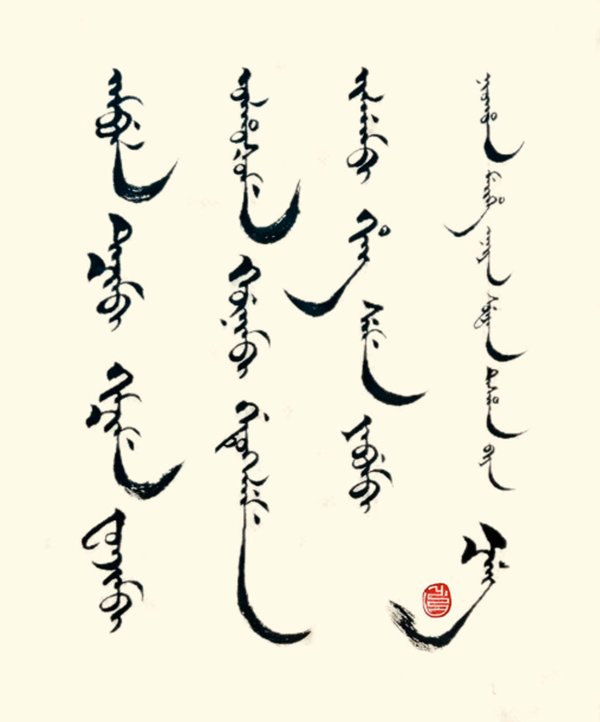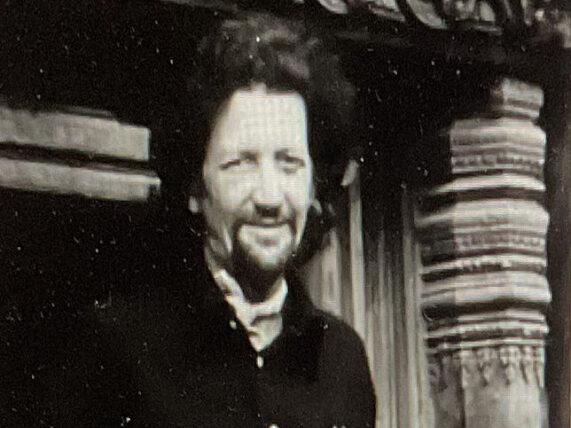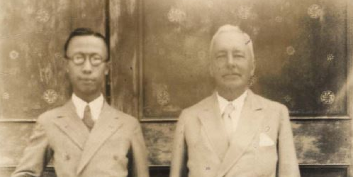What Has Changed: Women in Afghanistan

By Chris Hoellriegl, MSc. Development Studies
When international troops left Afghanistan on 30 August and the Taliban took over the last bits of the capital Kabul, the rest of the world seemed paralyzed with shock. After two decades of war and peace building efforts, many feared that the notoriously brutal Taliban regime between 1996 and 2001 would reinstate itself and cancel out achievements up until then.
The conservative perception regarding the role of women supported by the Taliban presented reasons for concern during the G20 summit on the future role of development assistance for Afghanistan. While all summit members agreed to entrust the UN with the coordination of further help, there was no daylight between the participants regarding the fact that the Taliban have to recognize women’s rights – especially access to education. Many however question whether this is realistic as the situation of women has already changed since the takeover.
The Taliban’s position regarding women’s education is not as radical as in the 1990s when limited education was permitted. However, universities are no longer allowed to facilitate courses for male and female students together. Minister for higher education, Abdul Baghi Hakkani states that ‘co-education contradicts the principles of Islam as well as national values, customs and traditions.’
If gender segregation is impossible, universities have to ensure that separate study timetables guarantee no cross-gender education. The separation also includes teaching. Female students are supposed to predominantly be taught by female professors. Men may only teach in alignment with the Sharia rules.
Since September, girls are only allowed to attend primary schools and are excluded from secondary education.
The Taliban´s plans on female education are not limited to tertiary education. Since September, girls are only allowed to attend primary schools and are excluded from secondary education.
According to a recent UNESCO report, female literacy in Afghanistan nearly doubled under US occupation to 30% in 2018. The number of girls attending classes rose from close to zero in 2001 to 2.5 million in 2018, representing nearly 50% of all primary students.
The newly established Taliban government only constitutes men. The same applies for the fact that former female judges went underground, fearing vengeance of newly released prisoners. Female journalists like Beheshta Arghand felt pressured to leave the country.
In an interview with Reuters, she claimed that ‘when a group of people don’t accept you as a human, they have some picture in their mind of you, it’s very difficult.’
Monika Hauser, founder of the Afghan women’s rights organization ‘Medica Mondale’ has a more hopeful outlook on the situation for women in Afghanistan. Arguing that, the social consciousness amongst men and women has been shaped over the past two decades by female lawyers, doctors and students.
Photo Caption: Three girls in Afghanistan (Credit: Hossein Azarbad via Unsplash).




